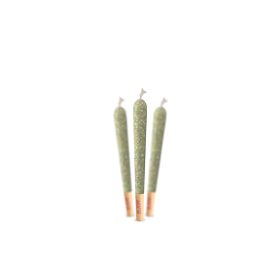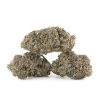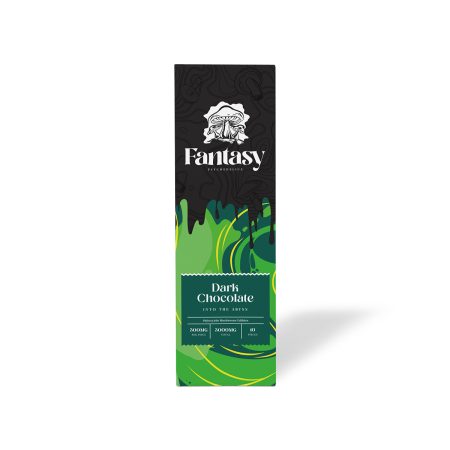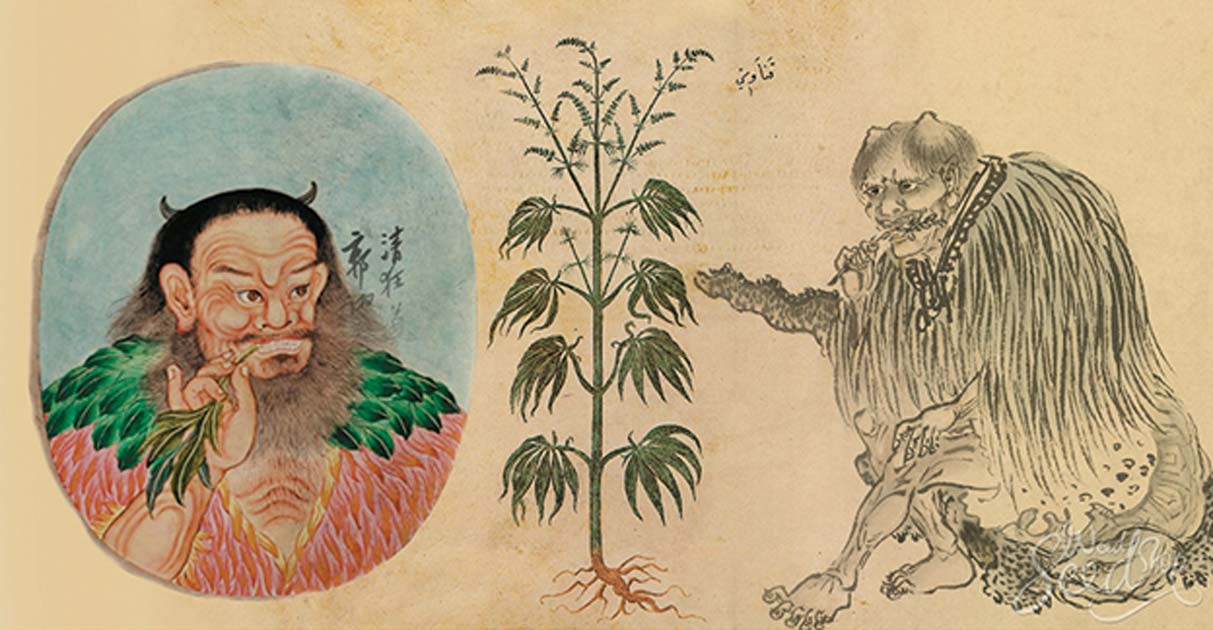Education, Legalization
Weed in Ancient China
Green Society loves the holidays, and while Christmas and NYE might be over, there is much to celebrate and look forward to with the upcoming Lunar New Year! Also commonly referred to as Chinese New Year, this blog post is inspired by this holiday and will feature weed usage throughout ancient China as well as other parts of Asia!
What is the Lunar New Year?
Lunar New Year is a celebration of the arrival of spring throughout East and Southeast Asia. It also coincides with the beginning of the new lunisolar calendar year. Festivities traditionally last for 16 days! Celebrations can vary between cultures. A common thread is that this time is spent with family gatherings. Popular traditions also include sharing a large family dinner (dumplings, anyone?), offering sacrifices in the form of food, tea, incense and prayers to your ancestors, and more. The days preceding the celebrations often include house cleaning as a symbolic way to prepare for a fresh new year. Many often also decorate the house and wear a lot of red as it is a colour of good fortune. Red envelopes filled with money notes are also given for further fortune and good luck. This is a custom catered towards children but can also be given to friends and elders.
Who Celebrates Lunar New Year?
Despite it often being called Chinese New Year, this tradition and celebration is not restricted to China. It is an extremely important holiday in China, Vietnam, South Korea, Taiwan, Hong Kong, Singapore and Malaysia. In fact, you could even call it Vietnamese New Year or South Korean New Year, etc. depending on who you are speaking with.
There are also variants of the holiday. In Japan, there is a similar celebration called Little New Year. In Mongolia and Tibet, they celebrate the new lunar year off of their respective Mongol and Tibetan calendars, which also tends to fall around a month later but, depending on the year, can still coincide with the Chinese calendar year. Of course, the festive holiday is celebrated by respective Asian diasporas throughout the rest of the world!
There are also lunar new year or new moon celebrations throughout the Middle East and India, though these fall on different dates due to the use of different calendars. They also go by different names, such as the Islamic New Year in the Middle East and West Asia, Diwali in India, or the Hobiyee celebrated by the Nisg̱a’a Indigenous peoples of Canada.
How Was Weed Used in Ancient China?
While weed is currently illegal in China, the nation has had a long history with this historic plant. In fact, some of the oldest records of human usages of weed traces back to ancient China! And it was used for much more than just smoking and getting high!
Medicine And Healing
Cannabis has been recorded in ancient Chinese medical texts as far back as 2000 years ago. It has been used as an anesthetic in the second century AD by the surgeon, Hua T’o. It was also used for its healing properties to treat conditions such as gout, rheumatic pain, constipation, malaria, gynecological disorders and more. These uses have been noted in the Pen Ts’ao, a medical book compiled by the ancient emperor, Shen-Nung, who is considered the father of Chinese medicine. It’s interesting to see such old records of medicinal usage of cannabis and how similarly weed is used to treat such ailments today! Some things just don’t change.
In Textiles and War
Hemp was heavily relied on in textiles due to its strong durability, making it particularly important in warfare where it was used in crafting bowstrings. Some argue that it would have been stronger than bamboo. Apart from such weapons, hemp fibers were also used to craft rope, clothing and even paper!
A Food Staple
There is evidence that cannabis was also a food supply. We’re not talking about edibles exactly, but rather as a crop. It was considered so important that it was actually listed as one of the five crop staples in medical texts. They have also been found buried in pots amongst other staple crop seeds in tombs of important figures like war generals. Some tombs found are as ancient as 6,600 years old!
Ceremonial and Funerary Rites

While cannabis seeds are already considered a part of funeral or ceremonial practice by being buried in tombs of the dead, they served yet another purpose in this sort of ritual. Recent discoveries of wooden braziers, similar to bongs, have been found at burial sites as well. Heated rocks would have been placed inside to help the burning process. Traces of burned cannabis residue have been found in these braziers. Experts suggest that these tools were used to get high at funeral ceremonies as a sort of ritual, spiritual or cultural practice. Even if they weren’t used to smoke, it is apparent that cannabis was burned for some sort of funerary rite.
Weed in China Today
Despite all of these multi-purpose uses of weed throughout ancient China, it is illegal in the country today. That is not to say that it is completely absent there, however. It is still used for industrial purposes like hemp in medicine or textiles. In fact, China supplies around 50% of the world’s hemp supply! Chinese landrace strains like the China Yunnan can also be found on the market! While not exactly rare, they may be hard to find.
After legalization of marijuana in Canada and the United States, cannabis consumption has actually risen in China as well. There are individuals who grow, trade, sell and smoke weed but these activities would be done in secret and on black markets. This is of course due to harsh anti-marijuana criminal laws that could result in up to 15 years of a prison sentence or even a death penalty.
Weed Throughout Asia
As of now, medical and recreational marijuana is illegal in almost all of Asia. Thailand is the first country to have legalized and decriminalized medicinal marijuana usage recently back in 2020. This is a great win for the popular vacation destination country! South Korea has moved towards legalizing medical marijuana, though it still forbids recreational usage and has strict laws against it. It is considered a risky pastime there due to potential punishment and jail time of up to 5 years. Israel on the other hand, similar to Thailand, also allows the medicinal usage of marijuana and recreational usage has been decriminalized.
Conclusion
In sum, there is much progress to be made for weed throughout Asia despite its long history for its many uses. From medicine, food, clothing, weapons and sacrificial offerings, cannabis has served many purposes to human culture for thousands of years. This is a cultural practice that can be continued and celebrated in Canada, especially with the upcoming Lunar New Year!
Make this ancient plant a part of your festive celebrations with Green Society, and share your favourite flowers or edibles and concentrates with friends and families–even your ancestors–as you welcome the new year ahead!














